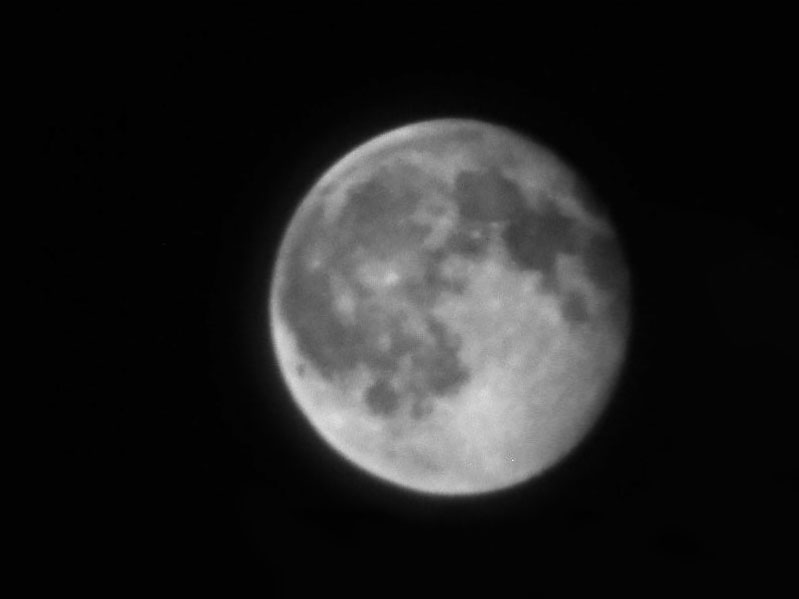Single Flat Lens Used to Photograph the Moon for the First Time Ever
![]()
A Penn State-led research team has developed a flat, single-lens telescope that was able to capture clear images of the moon. Known as a metalens, it achieved far greater resolution and imaging distance than any metalens before it.
Instead of using multiple elements arranged into groups — how optics are currently constructed in everything from interchangeable camera lenses to smartphones — a metalens instead uses a single flat lens surface that is covered in metasurfaces that manipulate light. The method has been demonstrated in the past as able to allow for rudimentary photography, but the quality has been significantly worse than traditional methods. Additionally, metalenses typically have pretty poor telephoto capabilities.
“Traditional camera or telescope lenses have a curved surface of varying thickness, where you have a bump in the middle and thinner edges, which causes the lens to be bulky and heavy,” corresponding author Xingjie Ni, associate professor of electrical engineering and computer science at Penn State, explains. “Metalenses use nano-structures on the lens instead of curvature to contour light, which allows them to lay flat.”
![]()
Ni and a team of researchers recognize that despite the potential benefits of optics using a metalens — for example, they present the possibility of truly flat cameras which would be a major boon for smartphones — they have to this point been quite limited.
That’s what makes their advancement so exciting. For the first time, the researchers have been able to demonstrate a highly efficient, single-lens refractive metalens telescope that was able to photograph a close-up image of the moon. While not “sharp” by the standards set by current high-end optics, it is considerably more detailed than is typically expected of metalenses.
The team included a short video that showcases how its system is also able to capture closer objects with far more fidelity than most expect out of a metalens:
They did this by scaling the size of their metalens up from what are typically only millimeters wide to eight centimeters in diameter (about four inches), which allowed it to successfully be deployed in a larger optical system such as a telescope. Not only were they able to scale up the size of the metalens, they were also able to develop a fabrication method that is simple enough that it could be mass-produced.
The large metalens was able to capture a clear image of the surface of the moon and achieved a greater resolution of objects that were much farther away from the metasurface than any previously developed metalens. Below is a photo of the telescope along with a diagram of how the metalens was arranged:
![]()
The results are promising, but there is still room for improvement. The team says that before its methods can be applied to modern cameras, and the expectations that come along with them, they need to address chromatic aberration issues that the lens currently suffers from. Typical optical systems correct chromatic aberration by stacking a series of differently shaped and treated lenses together, but that’s not an option for the single, flat metalens.

“We are exploring smaller and more sophisticated designs in the visible range, and will compensate for various optical aberrations, including chromatic aberration,” Ni says.
![]()
The team’s full research paper titled “High-Efficiency, 80mm Aperture Metalens Telescope” has been published to Nano Letters.
Image credits: Jeff Xi/Penn State